Main keyword: jib crane load capacity
If you treat a jib crane’s nameplate as a fixed, always-true number, you’ll eventually get bitten. Jib crane load capacity is established under controlled, “design intent” conditions—but in the real world, capacity moves up or down based on how you rig, where you lift, how often you cycle, and the environment you’re working in. This guide explains the operational factors that increase demand or erode margin, plus practical steps to keep every lift squarely inside the safe, productive zone.
Need the fundamentals? Start with What Defines Jib Crane Load Capacity and Rated Limits.
For day-to-day execution tips, see Why Jib Crane Load Capacity Matters in Daily Operations.
Planning new gear? Read How Jib Crane Load Capacity Impacts Equipment Selection.
Table of Contents
Toggle1) Radius and Boom Position: Capacity’s #1 Modifier
A jib crane’s bending moment rises with distance from the mast. The farther the hook radius, the higher the stresses in the boom, mast, bearing, anchors, and foundation. That’s why many load charts show bands of capacity vs. radius.
Operational implications
- Lifting the same load at a shorter radius restores margin; at a longer radius, margin shrinks.
- Slewing while extended can introduce additional dynamic forces (see §3).
What to do
- Post a simplified radius chart at the cell and train operators to confirm radius before a commit.
- Stage loads so the approach path shortens radius at pick.
2) Rigging and End-Effectors: Hidden Weight That Eats Capacity
Usable capacity at the hook is nameplate minus everything you hang under it—slings, shackles, spreader bars, clamps, magnets, vacuum heads, and lifting frames. Those kilos (or pounds) reduce how much payload you can safely handle.
Fast wins
- Standardize “rigging kits” with pre-weighed totals; print the number right on the kit tag.
- Prefer low-mass, purpose-built tools that stabilize the center of gravity (CG). For slabs and panels, a stone lifting clamp reduces bulky spreaders and helps preserve capacity.
- Pair lifting with best-practice stone transportation methods so CG stays predictable and cycles stay quick.
3) Dynamic Effects: Speed, Starts/Stops, and Sway
Capacity ratings assume controlled motion. Real lifts include accelerations, decelerations, and occasional impacts.
Key contributors
- Hoist speed and jogging: Faster lifts increase inertial loads on the hoist and structure.
- Sudden stops/starts: Spike forces beyond the static load.
- Load swing: Side loading magnifies stress and can reduce effective capacity.
Controls that help
- Use two-speed or VFD hoists for gentle starts/stops and precise placement.
- Train operators to lift vertically, center the hook, and avoid side pulls.
4) Duty Cycle and Thermal Limits: Capacity Shrinks When Hot
Frequent lifts near the top end of capacity generate heat in motors, brakes, and gearboxes. Over time, heat and fatigue lower effective performance and shorten component life.
Action points
- Match hoist and jib duty class to cycles/shift and average load.
- If workflows push the top of the chart, step up capacity or redistribute work.
- Monitor casing temperatures on heavy-use cells; hot gearboxes signal overload or underspec.
5) Mounting, Structure, and Anchors: Capacity Is Only as Strong as the Base
Even a correctly rated crane can be capacity-limited by what it’s attached to.
Watchpoints
- Concrete thickness & compressive strength must meet the manufacturer’s spec for the installation.
- Base plate, gussets, and anchor bolts need correct torque and embedment.
- Wall/column mounts require a structural survey—building steel must carry the torsional loads.
Symptoms of trouble
- Slew feels stiff or jerky
- Base grout cracking, anchors backing off
- Excessive boom tip deflection at routine loads
6) Wear and Condition: Capacity Erodes as Components Age
As chains/ropes, brakes, bearings, and wheels wear, the system’s margin shrinks.
Tell-tales
- Hoist drift under load (brake glazing/contamination)
- Chain elongation or rope strand breaks/corrosion
- Trolley chatter or flat-spotted wheels
- More push force to slew
Program it
- Daily: operator walk-arounds + function checks
- Monthly: brake gaps, trolley wheels, anchor torque sampling
- Annual: certified static/dynamic load tests, rotation backlash, NDT on critical welds
7) Environment: Heat, Moisture, Dust, and Chemicals
Ambient conditions change friction, lubrication quality, and corrosion rates—all of which influence safe, repeatable lifting.
- Heat reduces motor/drive capability; consider derates or uprated components.
- Moisture/chemicals accelerate corrosion of chains, ropes, and anchors—spec coatings and seals.
- Abrasive dust infiltrates bearings and brakes—tighten maintenance cadence, use sealed components.
8) Load Geometry and CG: Stability Is Part of Capacity
A compact 1-ton block and a 1-ton, 3-meter-wide panel are not the same in practice. Large or irregular loads increase windage and swing, shift CG, and demand more from the operator and the crane.
Make it easier
- Use attachments that capture CG and keep the hook centered.
- Stage loads so picks remain vertical and inside the stable radius.
- For tight work cells and around obstacles, an articulating jib keeps the hook vertical during complex moves—see the Articulated Jib Crane – Wall Mounted.
9) Power Quality and Controls: Smooth Power, Smooth Capacity
Voltage dips, inconsistent air supply (for pneumatic), or sticky pendants can turn a routine lift into a near-overload.
Best practices
- Maintain clean power/air; inspect festoons and energy chains for snags.
- Prefer radio controls to keep operators out of the load path—especially for heavier lifts.
- Keep overload devices and limit switches calibrated and tested.
10) Operational Culture: Training and Discipline Lock in Capacity
Engineering can’t compensate for poor habits.
- Train operators on radius effects, rigging weight subtraction, and vertical picks.
- Make the load chart and rigging kit weights impossible to miss—laminated, at eye level.
- Enforce a stop-and-tag policy at the first sign of drift, chatter, or unusual force.
Quick Capacity Math You Can Use on the Floor
- Hook allowance
Effective allowance = Rated load − (rigging + end-effector weight) - Radius check
Confirm the actual hook radius against the posted chart; if you’re in a longer band, capacity drops. - Go/No-Go
If payload > effective allowance at that radius → Do not lift. Re-rig, shorten radius, or use the right device.
A Capacity-Savvy Attachment Strategy
Attachments that are lighter, purpose-built, and CG-stable preserve margin and speed:
- Slabs and panels: stone lifting clamp
- Movement and staging: adopt stone transportation best practices
- Tight layouts: articulating wall-mounted jibs keep the hook vertical around obstacles
- Building or expanding a cell? Compare options across more crane products to match capacity, reach, and duty class.
Common “Capacity Leaks” to Eliminate
- Forgetting rigging weight: Standardize kits and pre-print weights.
- Lifting at maximum radius by habit: Re-stage to shorten approach.
- Side pulls: Always re-position for vertical lifts; use rotation stops.
- Underspecified duty: If cycles climb, upgrade hoist/crane class.
- Foundation shortcuts: Verify concrete and anchors against the drawing—every time.
- Skipped maintenance: Drift and chatter are telling you capacity is evaporating.
Your 10-Point Capacity Safety Checklist (print this)
- Confirm payload weight (don’t guess).
- Subtract rigging + end-effector from the nameplate.
- Verify radius against the posted chart.
- Inspect hook, hoist, chain/rope, trolley before first lift.
- Lift vertically—no side pulls.
- Use smooth starts/stops (VFD/two-speed).
- Watch for swing; lower speed or shorten radius if needed.
- If anything feels off (drift, heat, noise), stop and tag.
- Log daily checks and monthly findings.
- Schedule annual static/dynamic tests and keep certificates on file.
FAQ
Does the nameplate capacity include my clamp or vacuum head?
No. Subtract the full rigging and end-effector weight first to find your usable capacity at the hook.
Why does the crane struggle on the same load in the afternoon?
Likely a combination of longer radius, hot components (thermal limits), or power quality changes. Re-baseline radius and check temperatures/voltage.
Can I briefly exceed rated load for a one-off lift?
No. Rated load is the maximum for routine operations with safety factors. Exceeding it elevates failure risk and violates safe-use practices.
The Bottom Line
Jib crane load capacity is dynamic in real operations. Radius, rigging weight, motion, duty, structure, environment, and component condition all shift your true safe envelope. When you standardize rigging, control radius, keep lifts vertical, match duty, and maintain the foundation and components, you reclaim capacity you already paid for—and turn it into safer, faster, and more reliable throughput.
Deepen your plan with:
- What Defines Jib Crane Load Capacity and Rated Limits
- Why Jib Crane Load Capacity Matters in Daily Operations
- How Jib Crane Load Capacity Impacts Equipment Selection
And explore equipment built to preserve margin and control:
Keep these controls tight, and the capacity on your nameplate becomes the performance you see on the floor.

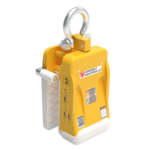
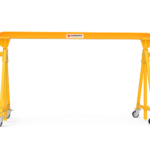
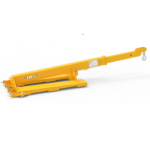
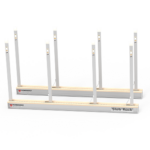
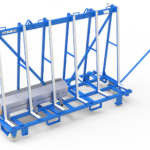
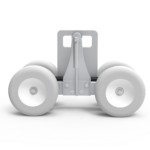
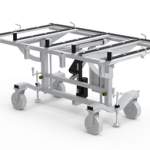
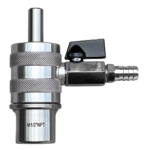
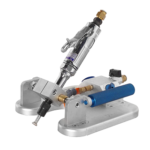
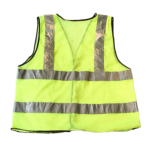
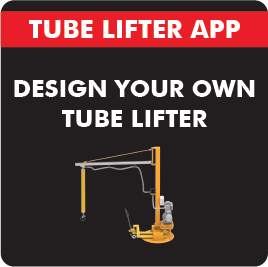
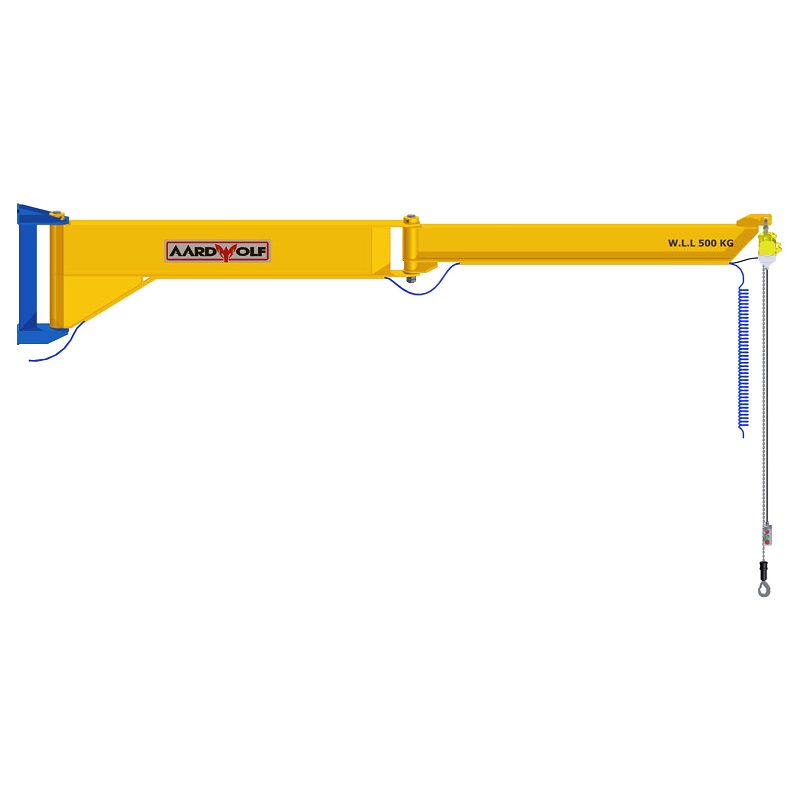
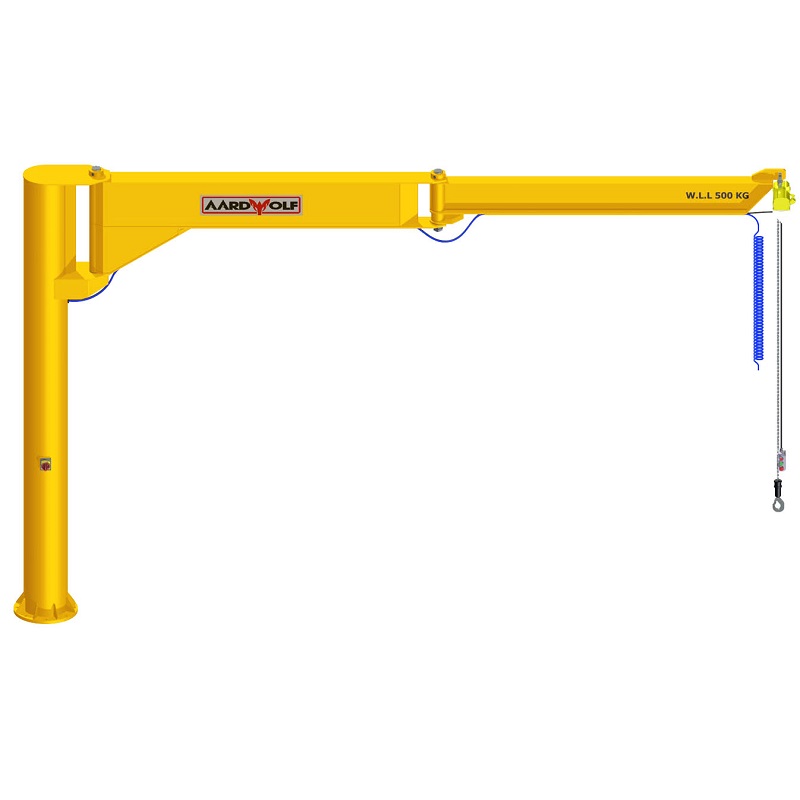

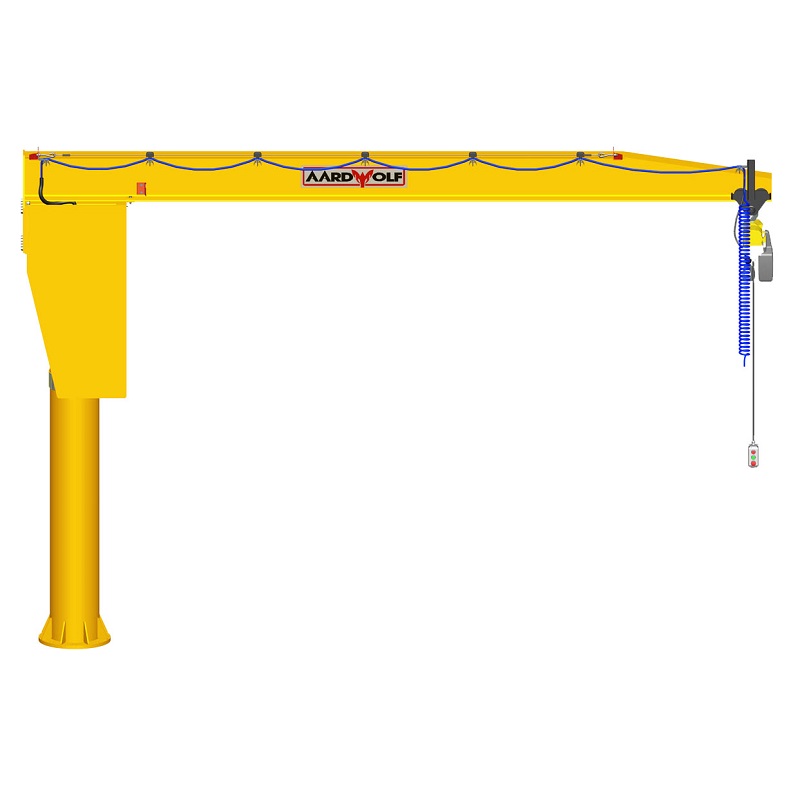
Please log in to leave a comment.